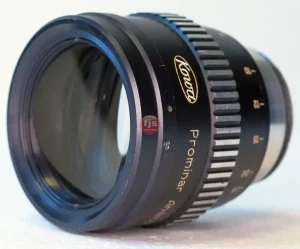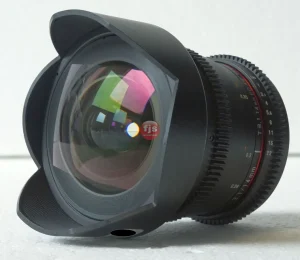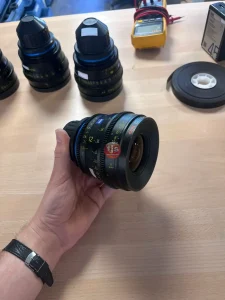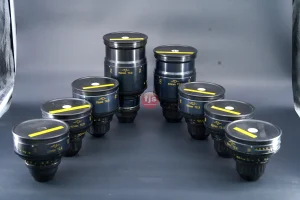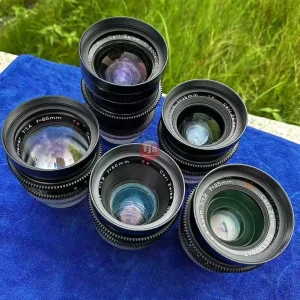Introduction
Architecture and interior photography demand a unique blend of technical precision and artistic vision. Wide-angle lenses, with their ability to capture expansive spaces and accentuate architectural details, stand as an invaluable tool for photographers specializing in these genres.
Key Features and Benefits of Wide-Angle Lenses for Architecture and Interiors
- Expansive Field of View: Wide-angle lenses allow photographers to capture entire rooms or the exterior of a building within a single frame, providing a comprehensive perspective of the subject.
- Emphasis on Leading Lines: Wide-angle lenses effectively render converging lines, such as hallways, corridors, or architectural elements, leading the viewer’s eye through the image and creating a sense of depth and scale.
- Enhanced Depth of Field: Wide-angle lenses typically exhibit a wider depth of field, keeping both foreground and background elements in focus. This is particularly useful for capturing architectural details and interior design elements in sharp detail.
- Creative Perspective Control: Wide-angle lenses allow photographers to manipulate perspective, emphasizing certain elements or creating dynamic compositions.
Applications of Wide-Angle Lenses in Architecture and Interiors
- Exterior Architectural Photography: Wide-angle lenses capture the grandeur of buildings, showcasing their proportions and design elements from a wider perspective.
- Interior Architectural Photography: Wide-angle lenses effectively capture the layout and flow of interior spaces, highlighting design features and furnishings.
- Real Estate Photography: Wide-angle lenses showcase the spaciousness and inviting nature of homes, making them ideal for real estate photography.
- Interior Design Photography: Wide-angle lenses capture the essence of interior design, showcasing the arrangement of furniture, décor, and lighting.
Considerations When Using Wide-Angle Lenses
- Distortion: Wide-angle lenses can introduce distortion, particularly at the edges of the frame. This can be minimized by selecting lenses with low distortion ratings or using distortion correction software.
- Composition: Wide-angle lenses require careful composition to avoid clutter and maintain balance. Use leading lines, negative space, and framing techniques to create visually appealing compositions.
- Lighting: Proper lighting is crucial for architectural and interior photography. Use natural light whenever possible, and supplement with artificial lighting when necessary.
Conclusion
Wide-angle lenses are an essential tool for architectural and interior photographers, offering a unique perspective and the ability to capture the essence of spaces. By understanding their features, benefits, and applications, photographers can effectively utilize wide-angle lenses to create stunning images that showcase the beauty and grandeur of architecture and interiors.




